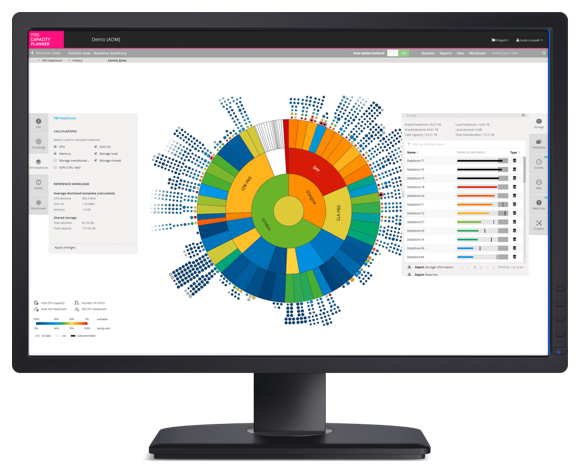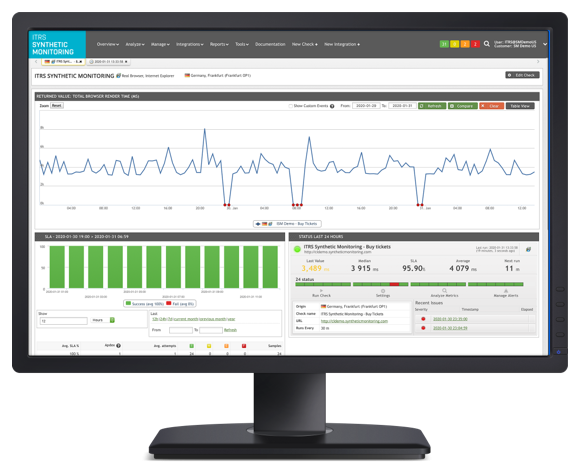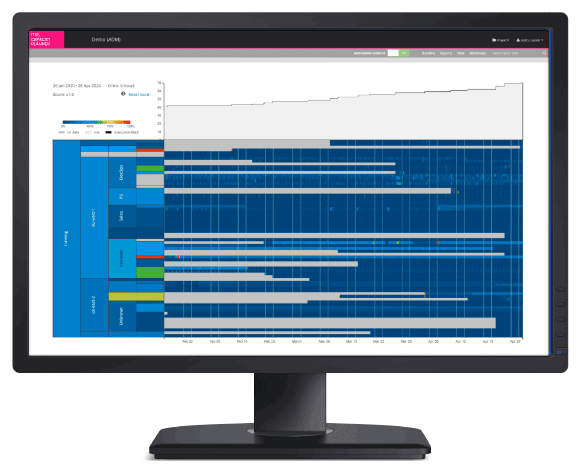Gambling
Operational resilience is not negotiable in this rapidly-growing, fast-paced world, where downtime and delay mean it’s game over – and not just for your customers.
ITRS to acquire IP-Label. Read the press release.
Operational resilience is not negotiable in this rapidly-growing, fast-paced world, where downtime and delay mean it’s game over – and not just for your customers.
Competition is intense. Participant rates have exploded. The potential rewards are vast – as long as you can maintain constant connectivity on a global scale.
It doesn’t take much to go from hero to zero when your underlying infrastructure fails to deliver. Successful online gambling operations depend on high speeds and low latency, and pitfalls abound for the unwary or unprepared. Brand loyalty is low and players won’t wait for a site to load, much less tolerate an outage. There are plenty of other options out there, so you need to make sure you’re offering the access and performance your players expect.
There are industries where temporary glitches are tolerated. Gambling is not one of them.
Reliability, availability, and performance are everything to your customers. If they can’t place a bet whenever they want, wherever they want, they’ll go to your competitors – and they won’t come back.
Games can turn on a dime, and so can demand for your platform.
Huge swings in activity are entirely normal, but not always predictable. You need to be sure of your headroom, so you can serve customers, however lucky they feel.
Betting odds change in real time, and your customers want to react.
Keep system latency low and the odds are accurate. Allow transaction speeds to drop and customers are out of time, out of the money – and out of patience with your platform.

On Derby Day, you need full capacity. During the World Cup, you can expect betting volumes to skyrocket. But do you need all that headroom, all of the time?
Or do you need ultra-reliable, high-capacity, exceptionally resilient networks that can scale on demand?
Using data drawn from across your estate, ITRS Capacity Planner models demand so you can accurately forecast capacity. Using artificial intelligence, it reallocates network resources and optimises headroom in your estate. In tandem with the ITRS OP5 Monitor and ITRS Geneos, it gives you the flexibility to meet fast-moving customer demand – without overspending on fixed capacity.

You know when your systems are up, down, or running slow. But do you know if it takes two seconds or 10 to load a page?
That difference in latency can make or break the customer experience – and their relationship with your platform.
Synthetic monitoring from ITRS simulates the customer experience, so you can make sure performance and availability exceeds your client’s expectations.You know what they can see at any moment thanks to end-to-end monitoring from the user entry-point to the supporting estate beneath. In addition, when your engine changes odds, ITRS’s market-data monitoring flags any data latency, so your customers avoid placing their in-running bets on historic odds.

You’ve got the latest technology stack and you’re taking advantage of cloud services. But is your cloud use optimised to meet demand from your customers without hitting your bottom line?
Cloud Cost Optimisation (CCO) from ITRS is a feature within the Capacity Planner suite that ensures your virtual capacity includes cost control. It identifies wasted capacity and suggests improvements to your production estate, spots capacity bottlenecks, as well as predicts future platform requirements. At the same time, ‘Forward Thinking’ scenario modelling shows the impact of demand across your services. Together, they enable you to minimise resource constraints, optimise cloud spend, and ensure cost-efficient growth.

Covid-19 has pressed the accelerator to the floor on digital engagement, and digital transformation is no longer a luxury but a necessity.

Digitization has transformed our world. Every organization wanting to deliver the services that customers and employees demand must protect its network. Any software you use to run your business needs to have a sufficient layer of security.